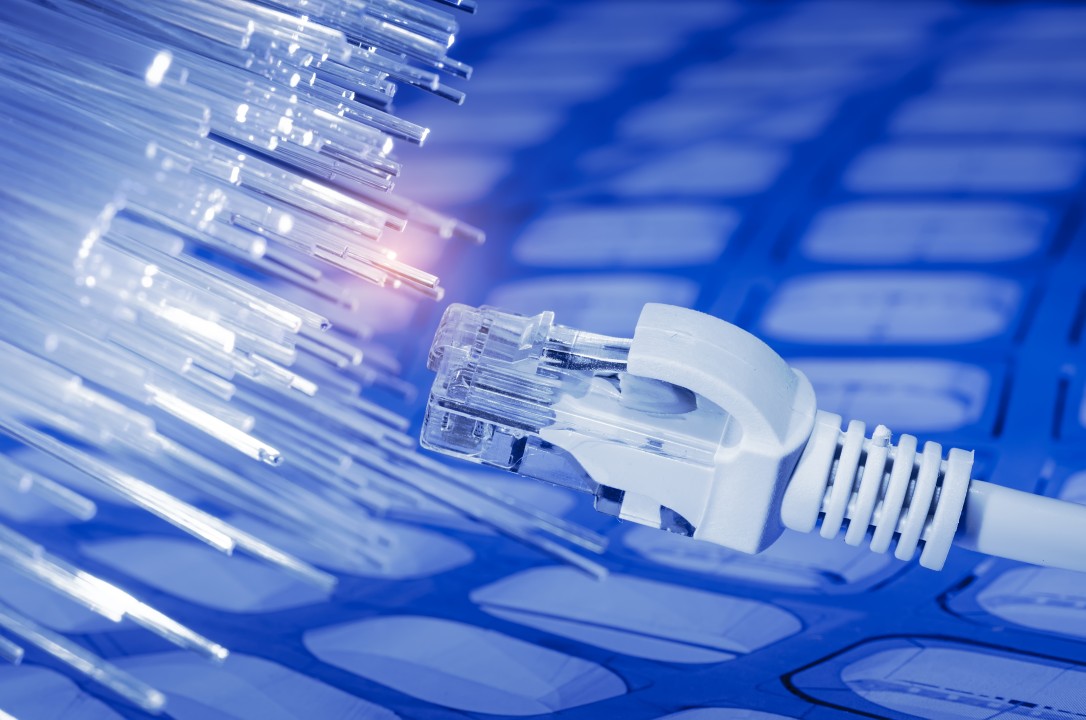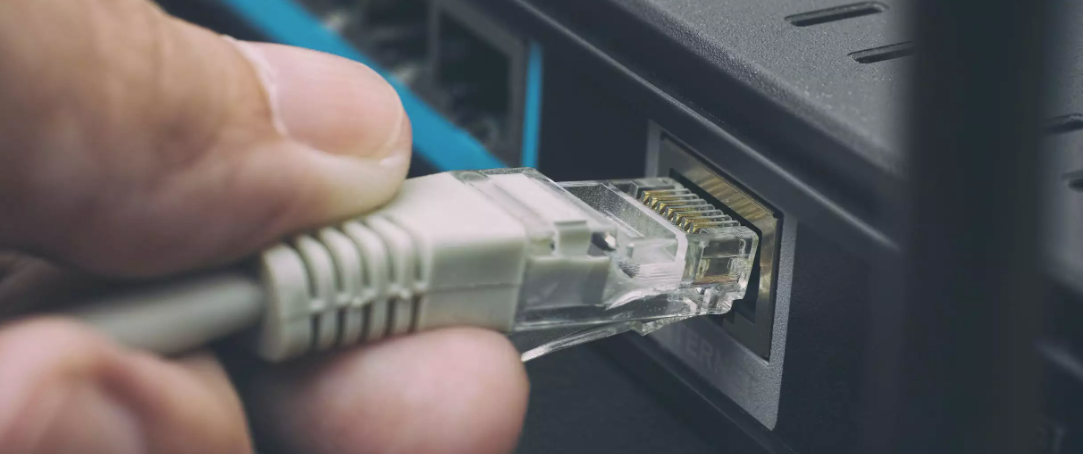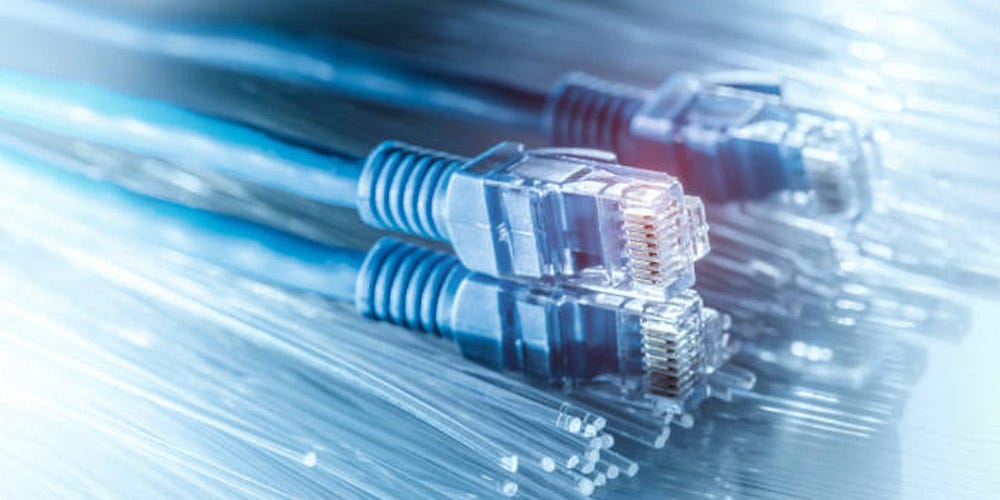Imagine driving on a congested highway during rush hour, desperately trying to reach your destination. Suddenly, you spot an open lane ahead, promising smooth sailing and faster progress. This metaphor perfectly encapsulates the potential of Category 6 cable in revolutionizing high-speed connectivity.
With its ability to transmit data at speeds up to 10 Gigabits per second, Category 6 cable brings forth a new era of efficiency and productivity. But, what exactly is Category 6 cable and how does it power the future of connectivity?
Stay tuned as we unravel the mysteries and unveil the incredible capabilities of this game-changing technology.
The Evolution of Ethernet Cables

Ethernet cables have undergone a significant evolution over the years, improving in speed, reliability, and performance to meet the ever-increasing demands of high-speed connectivity. These evolutionary changes in Ethernet cables have had a historical significance in the field of networking.
The first generation of Ethernet cables, known as Category 3, emerged in the 1980s and supported data transfer rates of up to 10 Mbps. However, with the need for faster and more reliable connections, Category 5 cables were introduced in the 1990s. These cables featured improved twisted pair designs and could support data transfer rates of up to 100 Mbps.
As technology continued to advance, Category 5e cables were developed in the early 2000s. These cables offered enhanced performance and reduced crosstalk, allowing for data transfer rates of up to 1 Gbps. This marked a significant milestone in Ethernet cable evolution, as it paved the way for faster internet speeds and more efficient networking.
In recent years, Category 6 cables have become the standard for high-speed connectivity. These cables feature even stricter specifications and can support data transfer rates of up to 10 Gbps. They’re designed with improved insulation and reduced electromagnetic interference, ensuring reliable and fast connections.
The evolutionary changes in Ethernet cables have played a crucial role in advancing networking technologies and meeting the growing demands of modern connectivity. The historical significance of these developments can’t be understated, as they’ve revolutionized the way we connect and communicate in the digital age.
Understanding Category 6 Cable
To understand Category 6 cable, you need to delve into its technical specifications and capabilities. Category 6 cable, also known as Cat6, is a twisted pair cable that’s widely used for Ethernet networks. It’s designed to support data transmission speeds of up to 10 gigabits per second (Gbps) over distances of up to 55 meters.
One of the key advantages of Cat6 cable is its enhanced performance compared to its predecessor, Cat5e. It provides better signal quality, reduced crosstalk, and improved overall performance, making it ideal for high-speed connectivity requirements.
The installation process of Cat6 cable is similar to that of other Ethernet cables. It involves connecting the cable to the network devices, such as switches, routers, and computers, using RJ-45 connectors.
The cables are typically run through walls, ceilings, or conduit, and terminated at the appropriate jacks or connectors. It’s crucial to ensure proper cable management to minimize interference and maintain signal integrity.
Benefits of Category 6 Cable

The enhanced performance and capabilities of Category 6 cable make it an ideal choice for high-speed connectivity requirements. Category 6 cable offers improved performance over previous generations, allowing for faster data transmission speeds and reduced latency.
This makes it perfect for applications such as video streaming, online gaming, and large file transfers.
One of the key benefits of Category 6 cable is its cost-effectiveness. While it may have a slightly higher initial installation cost compared to lower categories, Category 6 cable provides a significant return on investment in terms of its enhanced performance and future-proofing capabilities.
With its ability to support data rates of up to 10 Gbps over distances of up to 55 meters, Category 6 cable provides a reliable and efficient solution for high-speed connectivity needs.
Additionally, Category 6 cable offers an improved signal-to-noise ratio and reduced crosstalk, resulting in clearer and more reliable data transmission. This is particularly important in environments where multiple devices are connected, such as offices, data centers, and educational institutions.
Applications and Use Cases
With its superior performance and cost-effectiveness, Category 6 cable is widely used in various applications and use cases that require high-speed connectivity.
In terms of industry-specific applications, Category 6 cable is extensively utilized in sectors such as healthcare, finance, education, and manufacturing. In healthcare, for instance, it enables seamless transmission of large medical files and real-time collaboration between healthcare professionals.
The finance industry relies on Category 6 cable for high-speed data transfer, ensuring quick and secure transactions. In the education sector, Category 6 cable supports distance learning initiatives and facilitates smooth video conferencing for remote students.
Additionally, manufacturing companies rely on Category 6 cable for their automation and robotics systems, where high-speed connectivity is crucial for efficient operations.
Moreover, Category 6 cable plays a vital role in the integration of smart home technology. As smart homes become increasingly popular, Category 6 cable ensures that devices such as smart thermostats, security systems, and entertainment systems are connected seamlessly.
Its high-speed capabilities enable the transmission of large amounts of data, allowing for real-time control and monitoring of various devices within the home. For example, with Category 6 cable, you can remotely adjust the temperature in your home, receive security alerts, and stream high-definition content without experiencing lag or buffering.
Future-Proofing With Category 6 Cable

Future-proof your network with the advanced capabilities of Category 6 cable, ensuring high-speed connectivity and seamless transmission of data for years to come. As technology continues to evolve at a rapid pace, it’s crucial to implement future-proofing techniques to stay ahead of the game.
Upgrading your existing infrastructure with Category 6 cable is a smart investment that will provide significant benefits in the long run. Category 6 cable is designed to support data rates of up to 10 gigabits per second (10Gbps) over distances of up to 55 meters, making it ideal for high-bandwidth applications.
By upgrading to Category 6 cable, you can future-proof your network by providing the necessary bandwidth and performance to support emerging technologies such as virtual reality, augmented reality, and 4K video streaming.
Furthermore, Category 6 cable is backward compatible with lower category cables such as Category 5e and Category 5, allowing for a seamless integration with your existing infrastructure. This means that you can upgrade your network gradually, minimizing disruption and cost.
In addition to its high-speed capabilities, Category 6 cable also offers an improved signal-to-noise ratio, reducing the chances of data transmission errors. It also provides better resistance to crosstalk, ensuring reliable and consistent performance.
Frequently Asked Questions
What Is the Maximum Data Transfer Rate Supported by Category 6 Cable?
The maximum data transfer rate supported by category 6 cable is 10 gigabits per second. With this lightning-fast speed, you can enjoy seamless streaming, quick downloads, and efficient network performance.
Is Category 6 Cable Backward Compatible With Previous Generations of Ethernet Cables?
Yes, Category 6 cable is backward compatible with previous generations of Ethernet cables. It ensures smooth connectivity without compatibility issues, allowing you to easily upgrade your network infrastructure while still supporting older devices.
Can Category 6 Cable Be Used for Outdoor Installations?
Category 6 cable is not specifically designed for outdoor applications, but it can be used for such installations. However, it lacks the necessary weather resistance, so additional protection may be required.
Are There Any Limitations or Distance Restrictions When Using Category 6 Cable?
When using Category 6 cable, you may encounter limitations and distance restrictions. It’s important to understand the capabilities and specifications of the cable to ensure optimal performance and avoid signal degradation over long distances.
What Are the Differences Between Category 6 and Category 6A Cables?
Category 6a cables have better performance and can support higher data rates compared to Category 6 cables. They have improved alien crosstalk performance and can transmit over longer distances, making them advantageous for high-speed connectivity.
